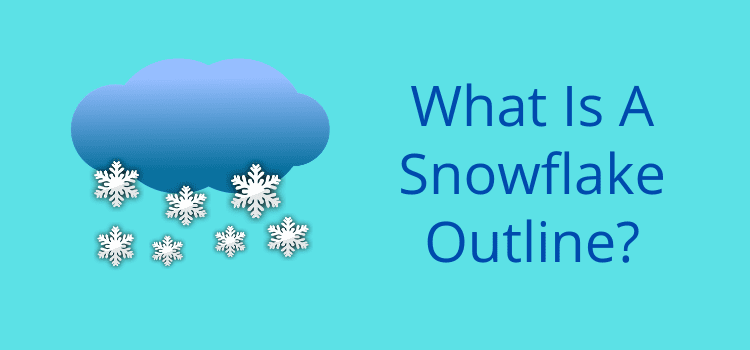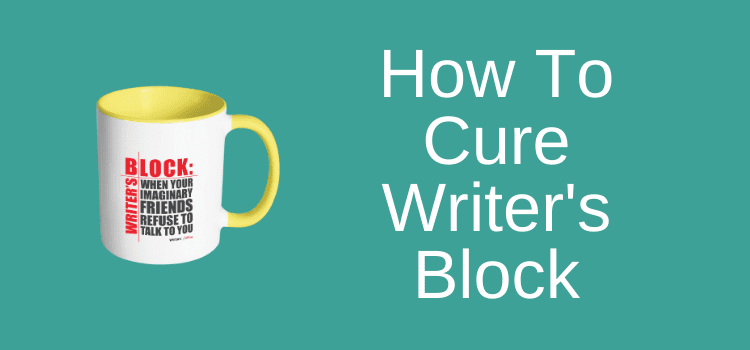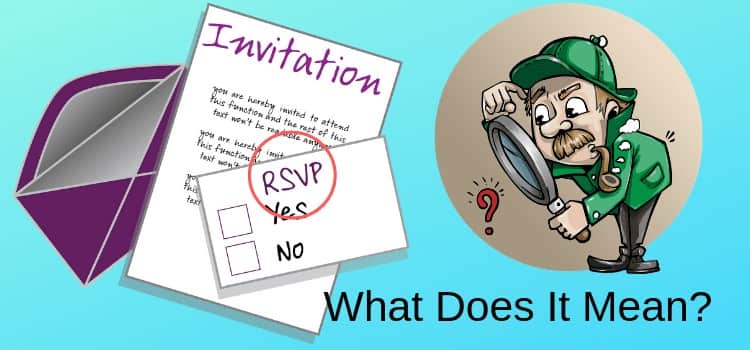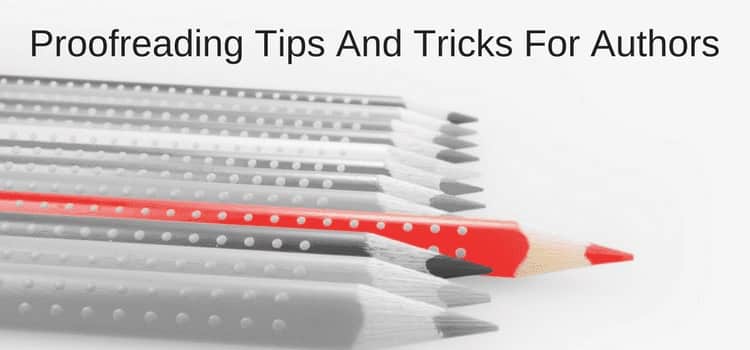
The first tip for starting to write a new book is to have a plan. A snowflake outline can help you develop this plan, especially for fiction books.
An outline for nonfiction books, such as memoirs and biographies, is relatively straightforward. You usually list the events in chronological order. Other nonfiction books, such as Self-help and Advice, use a logical sequence to go from problem to cause to solution.
Developing a snowflake outline for fiction story ideas is a more complicated process because you need to consider the plot, characters, setting, and themes.
However, once you learn how to use it, this outline technique is invaluable to help you create a well-structured and engaging novel.
Why should you outline your story?
You might read that some fiction authors like to write by the seat of their pants.
It is a popular method where the author lets the characters drive the story.
There is usually no plan other than to see what develops.
In my experience, this method has a lot of downsides.
Because there is no big-picture plan, the result is often a story that goes around in circles that lead to nowhere.
Then, it needs so much editing and time to write and re-write to fix all the plot problems.
It is like writing a book twice.
A better way to write fiction is to know the end before you write the beginning.
The Snowflake outline method that bestselling author Randy Ingermanson developed can help you do just that.
Here’s how to use it.
What is a snowflake outline?

Perhaps you could also call it the snowball method.
You start small, and your plan gets bigger and bigger.
Your story outline starts with a single-sentence summary of your story.
If you are not sure how to write a one-sentence summary, Randy Ingermanson gives a few examples of one-sentence summaries of some well-known books.
Here are some examples.
Harry Potter And The Sorcerer’s Stone: A boy wizard begins training and must battle for his life with the Dark Lord, who murdered his parents.
The Lord of the Rings: A hobbit learns that his magic ring is the key to saving Middle Earth from the Dark Lord.
Pride and Prejudice: A young English woman from a peculiar family is pursued by an arrogant and wealthy young man.
The DaVinci Code: A Harvard symbologist and a female French cryptographer solve the puzzle of the Holy Grail in a race against death across Europe.
The Firm: A brilliant young lawyer gets a fabulous job at a firm that is a cover for a Mafia money-laundering operation.
The Hunt For Red October: A Russian submarine captain leads the Soviet navy on a merry chase while he tries to hand over the latest Soviet submarine to the Americans.
For new or inexperienced authors, it is a great help. You can get your story right in your mind before you start writing.
Even if you go no further than this step, you will have made a good start.
Building your Snowflake story outline
There are many articles and how-to guides about the Snowflake outline method and how to use it to draft a fiction story.
While the original plan involved ten steps, most now suggest a six-step plan.
The six steps help you define your plot, major characters, character development, and list the scenes.
One – Write a one-sentence summary.
Two – Expand it to a one-paragraph summary of the plot.
Three – Define your character profiles.
Four – Write a full-page summary of the plot.
Five – Note the character’s goals and development.
Six – Lastly, write a three or four-page plot synopsis.
You will find many variations of these stages.
But the essence is that when you finish writing your plan, you will understand your story and the main character’s conflict in detail before you start writing your book.
If you plan to write and publish a book, I highly recommend taking the time to prepare well before you begin.
With a good outline, your task will be much easier than flying by the seat of your pants.
Is there an easier way to write a story?
There is no easy way to write a great fiction novel.
But you can get some help with writing your outline.
If you are a Scrivener user, there are Snowflake templates that you can use to guide you through the process from a sentence to a full summary.
You might find a template for Microsoft Word, Apple Pages or Google Docs if you hunt online. But it is probably easier to write out each step.
Does outlining work?
I tried writing two fiction novels using the pantsters technique of letting the story develop from the characters.
In all honesty, both stories ended up being all over the place.
They took me on a wild goose chase, and then they needed so much work to fix after the first drafts.
When I wrote a plan, it was much easier and faster to write a story.
It takes a little while to plan well.
But you save the time one hundred times over when it comes to writing your first draft and editing your second draft.
I have written this article as a simple introduction to planning to write fiction.
The Snowflake Method is only one of many ways you can prepare to write a fiction novel.
With any plan you use, the four essential ingredients are always similar.
1. A one or two-sentence summary of the story helps you get started on the right track.
2. Decide on your point of view.
3. You should always create character charts of character profile templates that you can refer back to for details.
4. Write a one-page synopsis of your story before you begin.
The added benefit is that when it comes time to pitch your book, you have your summary and synopsis ready to go.
Summary
Planning is an indispensable part of writing.
Even when I write a 1,000-word blog post or an article, I always scratch out a simple plan.
But when it comes to fiction and a word count of 110,000 words, a detailed plan is always going to be the best place to start.
You don’t need to spend weeks on your Snowflake outline. With the steps I have detailed, it should take you no more than a few hours to complete.
That is a good investment that will save you so much time over the weeks or months it will take you to write your book.
The benefit comes from always being able to refer back to your notes for details about your plot, characters, events, timelines, and places. You will never lose the plot or give up on writing your book.
The other huge plus is that you know how your story will end.
With that knowledge, it makes it so much easier for you to write the beginning.
Related Reading: How To Write An Outline For An Essay About A Book Or A Novel



